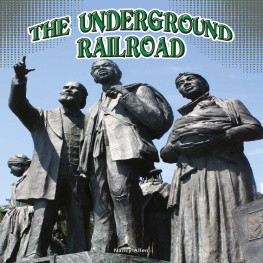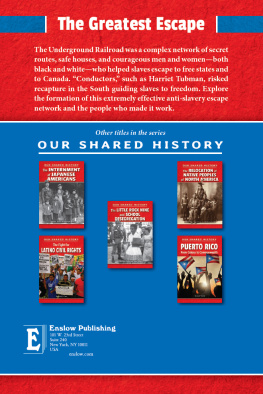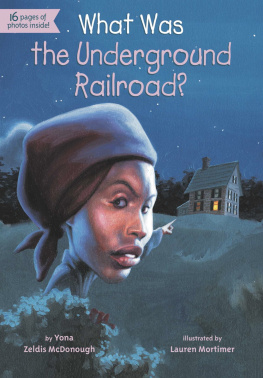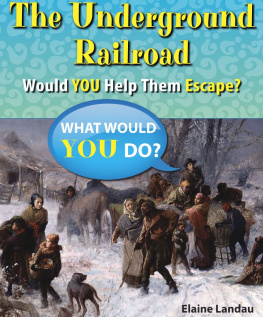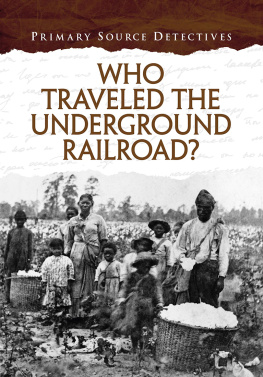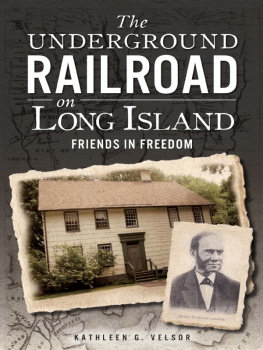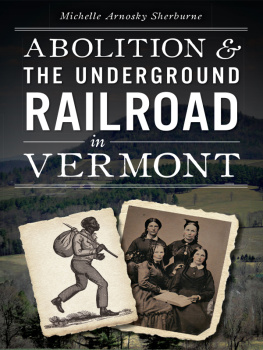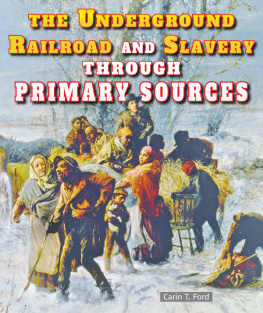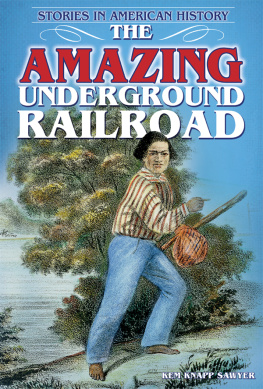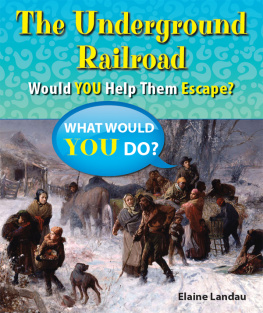Table of Contents
Guide
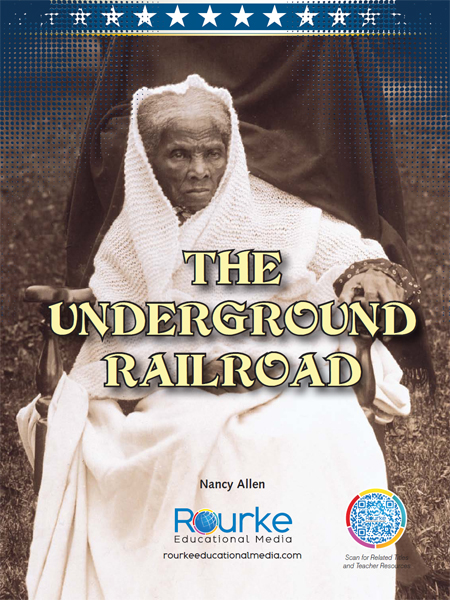
Before & After
Reading Activities | Level: P Word Count: 2,002 Words 100th word: the |
Before Reading:
Building Academic Vocabulary and Background Knowledge
Before reading a book, it is important to tap into what your child or students already know about the topic. This will help them develop their vocabulary, increase their reading comprehension, and make connections across the curriculum.
Look at the cover of the book. What will this book be about?
What do you already know about the topic?
Lets study the Table of Contents. What will you learn about in the books chapters?
What would you like to learn about this topic? Do you think you might learn about it from this book? Why or why not?
Use a reading journal to write about your knowledge of this topic. Record what you already know about the topic and what you hope to learn about the topic.
Read the book.
In your reading journal, record what you learned about the topic and your response to the book.
After reading the book complete the activities below.
Content Area Vocabulary
Read the list. What do these words mean?
abolitionists
agents
Canada
conductors
Confederacy
Emancipation Proclamation
free states
fugitive
masters
passengers
plantation
seceded
Seminoles
slave states
slaves
stations
Thirteenth Amendment
Underground Railroad
After Reading:
Comprehension and Extension Activity
After reading the book, work on the following questions with your child or students in order to check their level of reading comprehension and content mastery.
How did the Fugitive Slave Law affect the runaway slaves trying to go North? (Summarize)
Why was slavery one of the reasons for the Civil War? (Asking questions)
Why didnt slaves know the geography or direction in which they traveled? (Inferring)
What are the Emancipation Proclamation and Thirteenth Amendment? What is the difference between the two? (Asking questions)
Why do you think slaves did not work on Sundays? (Inferring)
Extension Activity
Learn more! Abolitionists were people who wanted to stop slavery. There were several mentioned in the book. Research one of the abolitionists introduced in the book or another known abolitionist. Write an informational essay on the life of the person you chose and how they impacted slavery. Share your research with a classmate, teacher, or parent.
Table of Contents
Chapter 1
AN UNUSUAL NAME
The , or runaway, slaves to stay.
No one really knows how the Underground Railroad got the name. One legend credits a slave catcher who was chasing a slave in the 1830s. When the slave quickly slipped out of sight, the catcher said the slave must have traveled on a secret railroad under the ground.

Underground also means secret. People secretly worked in the Underground Railroad.
In the mid-1800s railroads were becoming popular ways to travel in the United States. So people used railroad terms to identify parts of the Underground Railroad system.
Homes and churches were on the Underground Railroad where fugitive slaves could hide and rest.

The Milton House Inn, built by Joseph Goodrich, was used to hide and transport runaway slaves due to its close proximity to a well traveled transportation line.
Fugitive slaves were called were people who provided places for the slaves to stay as they traveled North to seek freedom.
Freedom Fact!
The Underground Railroad was not run by a single person or group. The system was made up of many people, secret routes, meeting places, and safe houses.
Chapter 2
SLAVERY
The first slaves arrived in America in 1619 by boat. Men and women were captured in Africa, forced to leave their homes, and brought to America. As this young country grew so did the number of slaves.

Slaves were the legal property of their owners, called . They were often whipped for little or no reason. Some were beaten to death.
Slaves lived under strict laws. They could not own property. Most were not allowed to learn to read and write, and children of slaves became slaves.
, a large farm. When slaves were sold, they often never saw their families again.
The masters family lived in a large house. Slave families usually had tiny shacks with a dirt floor to call home.
Slaves worked from sunup to sundown for no pay. They survived on little food and their clothing was often ragged. They had no control over their lives. Their owners decided where they lived, the work they did, and how they lived.
Plantation Life
Most slaves could not leave the plantation without a pass given by their master. Many were not allowed to gather in groups of more than five. They could not testify in court against their owners. Slaves had little hope for freedom because they were enslaved for life.

The states in the North and South had many differences.
Northern states had an economy based on industry and business so more people lived in cities. People worked in steel mills and for the railroads. They also manufactured goods, such as steam engines, guns, and flour.

In the South, more people lived in rural areas. The main industry was farming. Most of the slaves lived in southern states where they worked as farmhands.
Another big difference was the idea of slavery. Many people living in the North wanted slavery abolished, or stopped. The South depended on slaves to run the farms, so many people in the South wanted slavery to continue.
Freedom Fact!
Slaves in the North could learn to read and write. They usually were trained in a skill, such as carpentry, blacksmithing, or cooking, but some were often whipped and sold by their masters. Vermont was the first state to abolish slavery. State by state, the North freed the slaves living there. By the late1700s, all slaves living in the northern states were free.
because almost all the African-Americans were slaves.
The invention of the cotton gin in 1793 led to the growth of slavery in the South. The machine removed seeds from cotton. This made cotton more profitable so more cotton was grown. Plantation owners began working a larger number of slaves, and the slave trade increased.

In 1790 the U.S. census reported 697,897 slaves. In 1810 there were 1.2 million slaves. The number increased by 70 percent in twenty years. This increase correlates to the invention of the cotton gin.

